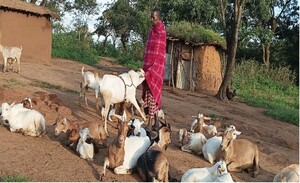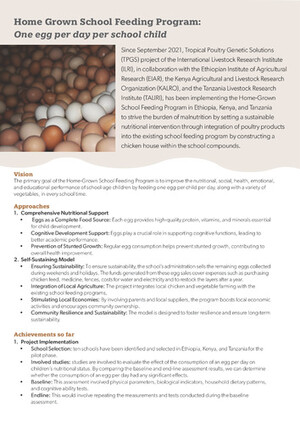
Effects of habitat loss and limitation on effective population size and inbreeding rates of Walia ibex (Capra walie) in Ethiopia
Abstract
The effects of habitat loss and limitation on effective population size and inbreeding rates of Walia ibex (Capra walie) were assessed at Simien Mountains National Park. Total direct census was conducted in 2009. Historical data were obtained from park offices and literatures. Effective population sizes (Ne), inbreeding rates (?F) and heterozygosity losses to the whole and subdivided population per habitat were estimated. Correlations (r) between the two repeated direct censuses were positive (r = 0.99, P < 0.01). The mean Ne and ?F (%/year) per study sites were 65.34 ± 59.45 and 0.0286 ± 0.032, respectively. The ?F of the whole population of C. walie was 0.228 ± 0.011. The ?F was negatively correlated with Ne (r = ?0.799, P < 0.05). The mean ?F per fragmented habitat ranged from 0.3 (Cheneck) to 7.7% (Buait ras). The highest ?Fs per year were observed in Buait ras (7.7%), Adarmaz (7.4%) and Sankaber (4.5%). The mean heterozygosity loss per total population was 0.235 ± 0.42, which was about 23.5%. The differences in Ne and ?F among the population per habitat were the results of habitat limitation, which in turn reduce the genetic variability and foster losses of heterozygosity.
Citation
Alemayehu, K., Dessie, T. and Mekasha, Y. 2012. Effects of habitat loss and limitation on effective population size and inbreeding rates of Walia ibex (Capra walie) in Ethiopia. African Journal of Ecology 50(2):125-130.










